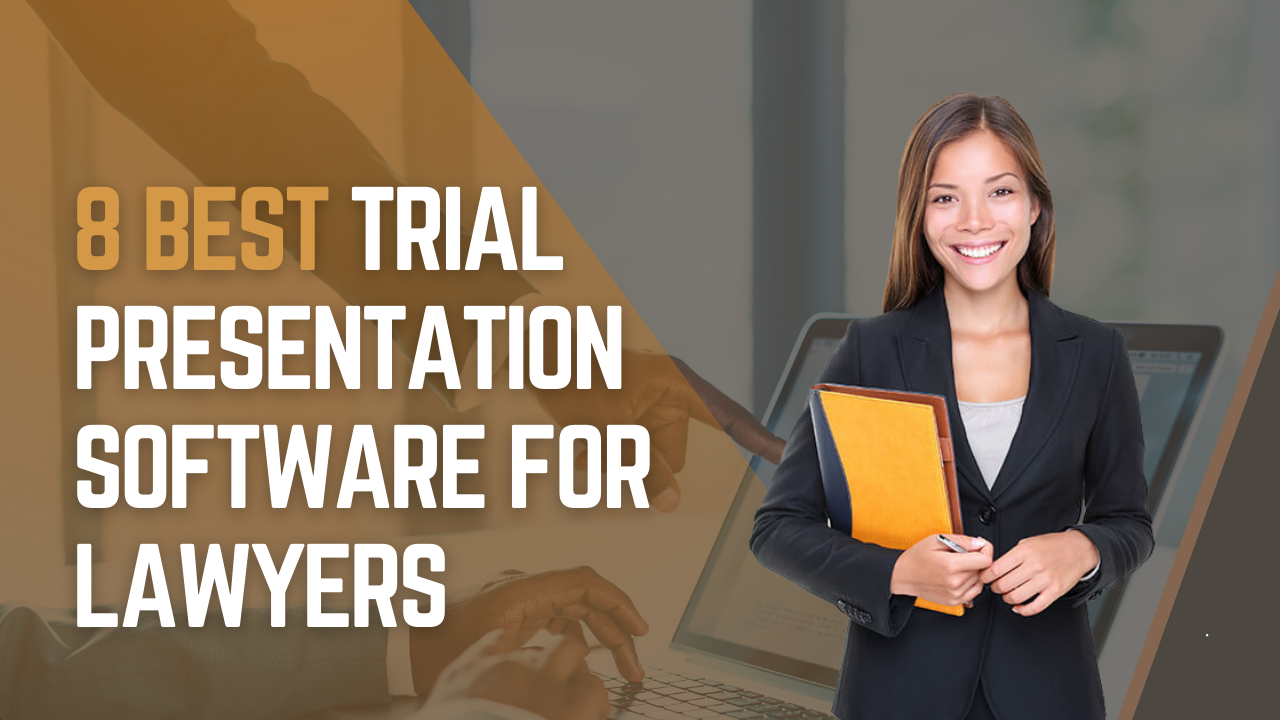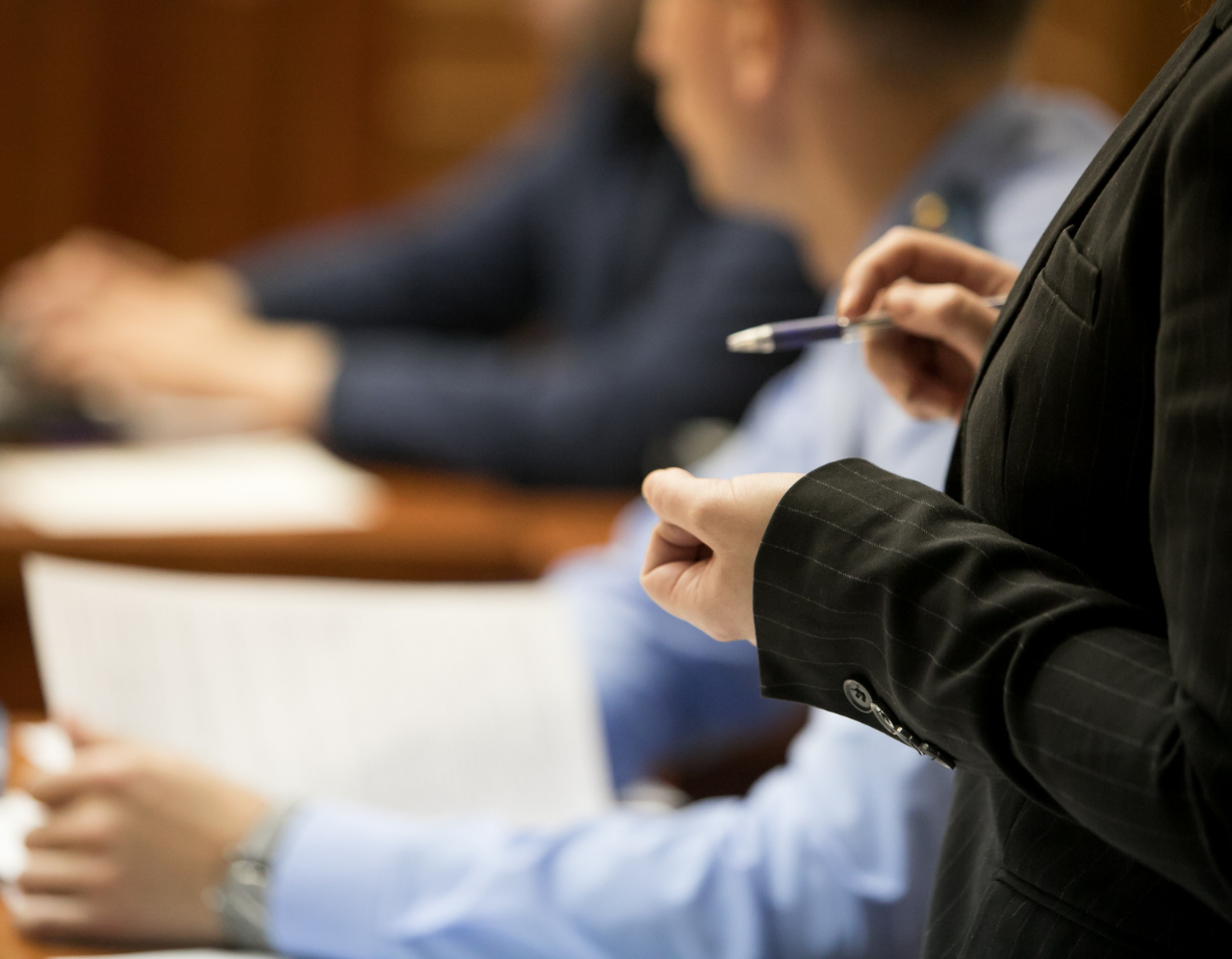Exactly how to Boost Your Instance with Compelling Trial Presentations: Expert Tips for Lawyers
Exactly how to Boost Your Instance with Compelling Trial Presentations: Expert Tips for Lawyers
Blog Article
Navigating the Intricacies of Trial Presentations: Tips for Seamless Distribution and Compelling Arguments
In the realm of legal procedures, the art of test discussion stands as a crucial factor of success. The intricacies integral in test presentations require a delicate balance of ability, skill, and approach.

Recognizing Trial Goals
To successfully browse a trial, it is important to have a clear understanding of the purposes that require to be achieved. Before entering the court room, lawful teams should define their goals and preferred end results. These purposes serve as directing principles throughout the trial, forming methods and affecting decision-making procedures.
Understanding trial objectives involves an extensive analysis of the situation, legal precedents, and the client's benefits. Trial Presentations. It calls for a thorough exam of the facts, recognizing key issues, and anticipating potential challenges. By setting quantifiable and details objectives, lawyers can customize their disagreements and presentations to align with the desired outcomes
In addition, a clear grip of test goals enables legal groups to focus on evidence, witnesses, and legal debates properly. It enables the advancement of a meaningful narrative that reverberates with the discretionary, strengthening the total situation presentation.

Organizing Evidence Properly
Having a clear understanding of trial objectives lays the structure for organizing proof successfully in legal process. By lining up the presentation of proof with the desired results of the trial, legal teams can strengthen their debates and enhance their persuasiveness.
An additional crucial element in arranging proof successfully is establishing a rational flow. Providing evidence in a consecutive and coherent fashion can help construct a compelling narrative that sustains the legal debates being made. Additionally, utilizing visual aids such as timelines, graphes, or graphs can additionally enhance the organization of proof and assist in clearing up intricate relationships or sequences of occasions.
Furthermore, guaranteeing that all proof presented is acceptable and pertinent to the situation is crucial. Unimportant or inadmissible proof can detract from the strength of the disagreement and possibly damage the reliability of the providing event. A careful evaluation and choice procedure must be taken on to consist of just the most impactful and legitimately audio proof in the test presentation.
Crafting Convincing Narratives
Crafting compelling stories plays a critical role in offering convincing debates throughout legal procedures. When constructing a story for a trial discussion, it is vital to establish a clear story that highlights essential factors and connects them in a systematic way. By weaving with each other evidence, statement, and legal debates into a natural and convincing story, legal experts can effectively promote for their clients and boost the likelihood of a positive outcome in the court.
Mastering Visual Help
Effective use aesthetic aids is essential to boosting the impact and clearness of test presentations. Visual help, when made use of strategically, have the power to streamline intricate information, strengthen bottom lines, and leave an enduring impact on the judge and jury. To grasp aesthetic aids in trial presentations, it is critical to ensure that they are clear, concise, and appropriate to the debates being made.
When incorporating pop over here visual aids, such as charts, timelines, graphs, or photographs, right into a test discussion, it is important to keep them visually appealing yet expert. The visuals must match the spoken disagreements, giving a graph of the details being reviewed without frustrating the target market with unneeded information.
In addition, experimenting the aesthetic help ahead of time is imperative to ensure a seamless delivery throughout the test. Acquainting oneself with the material, shifts, and timings of each visual aid can help keep the circulation of the discussion and stop technical glitches that may arise.
Supplying Impactful Closing Debates
An engaging closing argument offers as the culmination of a test presentation, enveloping the core narrative and convincing the judge and jury in the direction of a beneficial choice. Begin by detailing the major disagreements that sustain your click client's placement, emphasizing why the proof offered throughout the trial sustains your narrative.
Moreover, integrating psychological charm can better strengthen your closing argument. Ultimately, a well-crafted closing disagreement must leave a long-term impact, engaging the court and court to rule in your customer's support.
Conclusion
To conclude, mastering trial presentations involves understanding objectives, organizing evidence, crafting narratives, utilizing visual aids, and delivering impactful closing arguments. By implementing these strategies efficiently, lawyers can present their case seamlessly and make compelling debates in the court room. It is critical to browse the intricacies of trial presentations with precision and ability to attain success in lawful proceedings.
By aligning the presentation of evidence with the desired end results of the test, legal teams can strengthen their disagreements and boost their persuasiveness (Trial Presentations). To original site grasp visual help in trial presentations, it is essential to ensure that they are clear, succinct, and pertinent to the disagreements being made
A compelling closing debate offers as the conclusion of a trial discussion, encapsulating the core narrative and encouraging the court and jury in the direction of a positive decision. Begin by outlining the major disagreements that support your customer's position, stressing why the proof offered throughout the trial supports your story.In conclusion, understanding trial discussions includes understanding purposes, organizing proof, crafting narratives, making use of visual help, and providing impactful closing debates.
Report this page